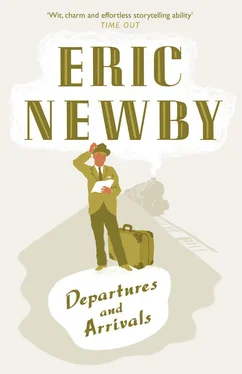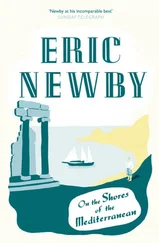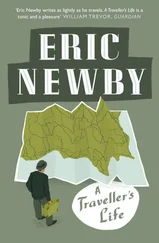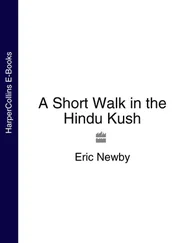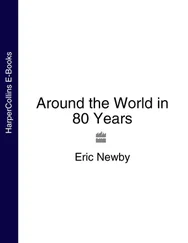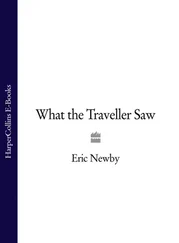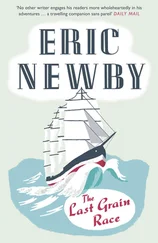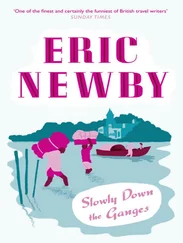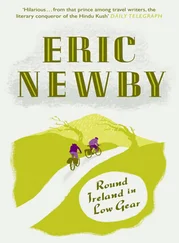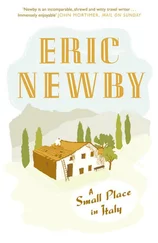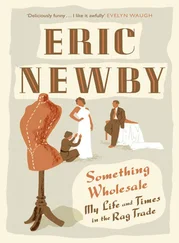And there were kilims , flat weave rugs made by the Yürük nomads during their wanderings on and off the high Anatolian plateau, with which they used to cover the floors of their tents.
And there was the entire Ordnance Survey of Great Britain at one inch to the mile, all 189 sheets of it mounted on canvas. And about 2,000 books, including dozens of Murray and Baedeker guides; and the entire Observer Colour Magazine from its inception in 1963; and all the manuscripts of my books that I should have thrown away but hadn’t; and a complete set of the 1879 edition of the Encyclopaedia Britannica , in a demountable bookcase (useful if one needed to consult it in the wilderness while on yak’s back, all thirty-five volumes of it).
And there were bellows cameras with shutters that made a noise like the Traitor’s Gate being slammed shut when they were fired off; and there were models of the sort of ships and boats I had sailed or rowed in – a curragh from the Arran Islands, oolaks and panswais from the Ganges, a four-masted Cape Horn sailing ship, a caïque from Ruad, the Syrian island in the Eastern Mediterranean on which they are still built to this day.
There was a large, empty tin of what had contained a kilo of Malossol caviar – the two halves of the tin held together by what looked like the inner tube of a car tyre – which I had brought from Leningrad to Moscow on New Year’s Day 1965, and from Moscow to the Hook of Holland stuck on the front of a succession of steam engines in order to stop it going off in what were tropically heated carriages.
And there was a black felt suit with matching double-breasted waistcoat, so thick that it could stand up without anyone in it. It had been made for me by a Bulgarian tailor who had his premises in one of the sinister, labyrinthine lanes between what was then the Old Fishmarket by the Galata Bridge in Istanbul – a suit I never wore.
And there were cricket bats steeped in linseed oil which I hadn’t used for so many years that I had forgotten how to play the game; and a pair of sculls belonging to my father that I couldn’t bring myself to get rid of; and a couple of pairs of cross-country running shoes fitted with spikes which I didn’t think I was going to need while writing a history of discovery, and a pair of cycling shoes. And there were jellabs brought back from North Africa, long garments made from thick, creamy wool; and lots of straw hats in various stages of collapse – one of them of a sort that Galician women wore on their heads, which were sufficiently robust to support a basket with some 60lb of fish in it; and there were a couple of navy blue cotton suits of the sort that were currently being worn by something like a billion Chinese; and there was a dustbin full of sandals – mostly, for some inscrutable reason, left-footed – which we planned to leave at the Wimbledon rubbish tip.
And there were Chinese hats with ear-flaps; and a brand-new Romanian railway guard’s navy blue wool coat with an imitation fur collar and entirely lined with sheepskin, bought brand-new from a state pawnshop in Bucharest for around £12; and there were mowing machines and a garden roller and Primus stoves and Bergan rucksacks and bicycles and what were known as Itisa tents made from the finest imaginable cotton back in 1935 and still usable in 1996, * and real eiderdown sleeping bags which cost a small fortune; and walking sticks, one of which concealed within it a sword and another a cosh, which my father commissioned from Brigg, the umbrella and stick maker in Piccadilly, when he had to travel in ‘foreign parts’. And there were fifteen years of back numbers of Vogue and Harper’s, aides-mémoire to my life and times in the rag trade. And there was an enormous hammock made by ladies working in the gaol in Merida in Yucatan which could swallow up a family of five with ease. And thousands of prints without negatives and negatives without prints, and transparencies, some of which were already beginning to fade.
These were just a few of the things, objets retrouvés , which had swum before our eyes while the very old-fashioned-looking removal men – all of them wearing green baize aprons and themselves smelling of a mixture of, could it be linseed and old furniture? – removed and wrapped them up in old yellowing newspapers (that I would not have been surprised to learn had the date 4 August 1914 on them) before stowing them away in one of a large number of plywood tea chests with Army and Navy Stores stencilled on them in black.
The removal men had almost completed this packing-up process and had already begun to load into the van some of the chests from the upper parts of the house, comporting themselves with a stately slowness, when the director of the film in which we were to take part arrived on the scene and asked us to tell the removal men to bring all the containers back into the house as he wanted to film the process of the Newbys packing up and leaving for pastures new.
Mischa Scorer, who was responsible for this decision, was young, brilliant, charming and, as he now proved himself to be, utterly ruthless. What eventually resulted was a rather funny piece of cinéma vérité , based on there being nothing more likely to drive anyone to suicide than unpacking a whole lot of old tea chests, filled to the brim with things you will probably never need again, and then repacking them.
It was Mischa who told me that I would need my spiked cross-country shoes for a sequence in which I was to run across Wimbledon Common and Richmond Park, something I used to do quite often, mostly in winter just before dusk when they were wild and lonely places. I did this to let off steam and to think about what I was going to write next and how I was going to approach the subject. This was years before jogging became a worldwide pastime.
He also told me I would need my cycling shoes for the cycling scenes and they eventually turned up at the bottom of another box. I take size 12s in shoes and my bike had narrow, racing pedals, so there was no question of just walking into a shop and finding a pair – mine had to be made-to-measure. Both items were at the bottom of their respective tea chests.
After carousing in the mud on Wimbledon Common and less muddily in Richmond Park – both running events – the whole show was moved to Marble Arch. Here, if the venue seemed to Mischa to be sufficiently hazardous, I was to be filmed riding round and round it on my twelve-speed touring bicycle which had dropped handlebars. This, too, was long before mountain bikes with triple chainwheels and eighteen or twenty-one gears appeared on the scene.
After seemingly endless circumnavigations, eventually the filming took place with me wired for sound and the crew filming me from the back of a van as I pedalled towards them at about 15mph, at the same time gibbering into the microphone in an attempt to express my feelings about riding round the Marble Arch. The effect of a solitary cyclist talking away to himself, in fact shouting away to himself – the only way I could make myself heard above the roar of the traffic as I crossed and recrossed its bows – must have given other road users the impression that they were in the presence of a lunatic, which in effect I was. It was only when I saw some film of me and my bike taken through a lens which caused everything behind me in the way of traffic to loom precipitously overhead that I realized how dangerous it was.
Follies, Holy Wells, Great Cliffs and Storms were other subjects I had told Mischa I would be interested in elaborating on in One Pair of Eyes. All these were to be found in abundance on the West Coast of Ireland anywhere between Malin and Mizen Head. But storms, even in winter, were difficult to predict. At one moment we found ourselves standing by to fly to South Africa where a big storm was threatening to take place; but then a whole series of them, mostly force 9 and 10, began to blow up on the Loop Head Peninsula at the mouth of the Shannon in County Clare, which were stormy enough for anything a sane person would want to be involved in.
Читать дальше
